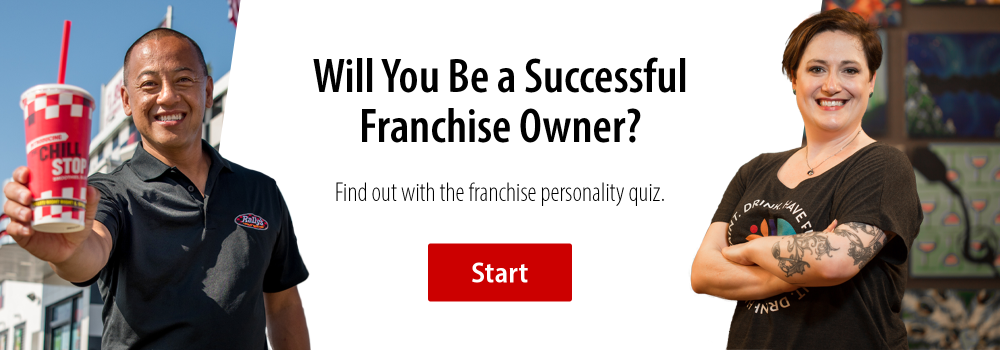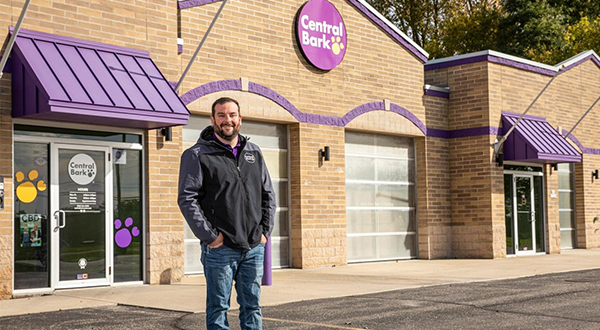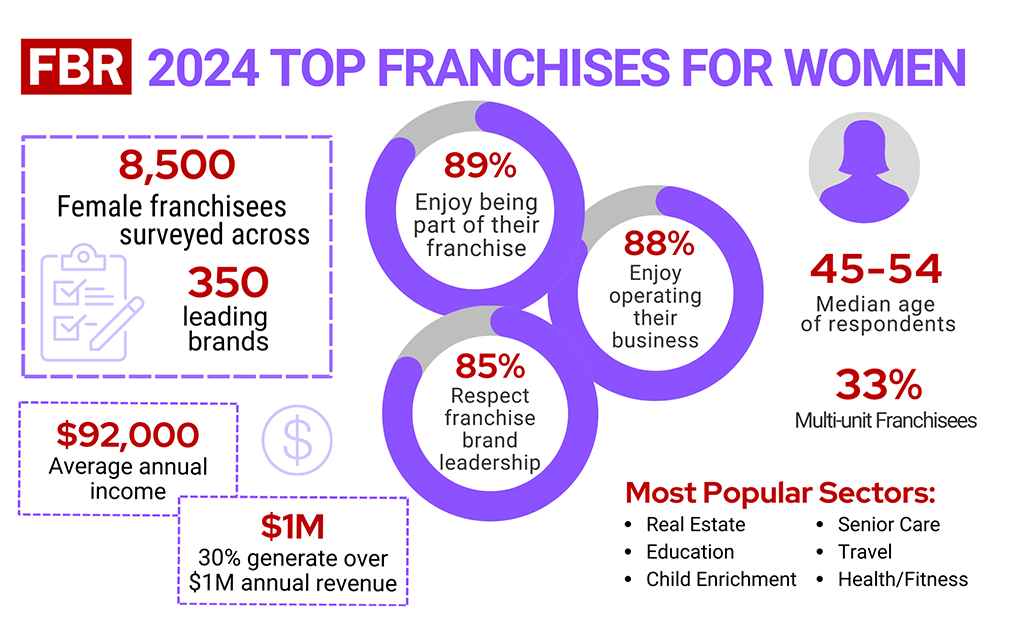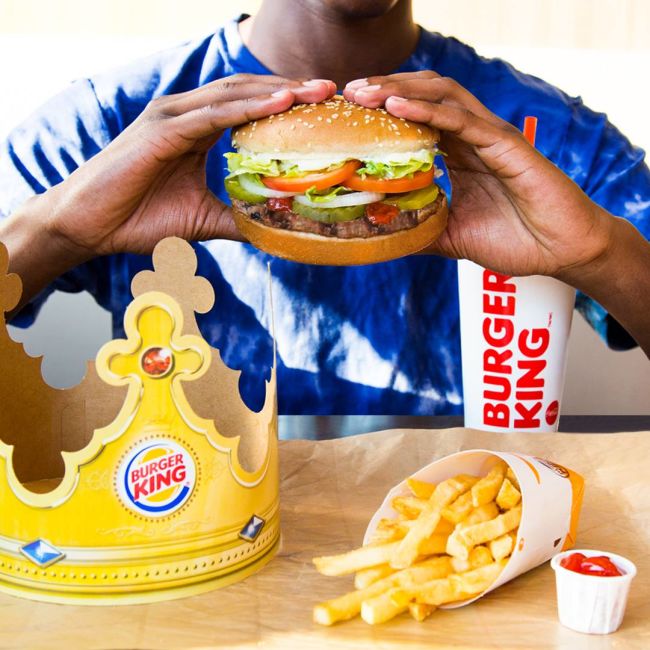
Get Your Franchising Career on a Roll With a Burger King Franchise
Our story begins in Jacksonville, Florida in 1953 with two men by the names of Matthew Burns and Keith Kramer. An uncle and nephew, respectively, by marriage, Burns and Kramer were inspired by the success of the McDonald’s brothers in San Bernadino, California. Determined to put their own spin on fast food, the duo purchased a device known as the Insta-Broiler, which they used to broil their burgers. The device was so successful that Burns and Kramer required it be used in all of their franchise locations and even used it as inspiration for their company’s original name, “Insta-Burger King.”
Former Cornell classmates James McLamore and David Edgerton opened their first Insta-Burger King in Miami in 1954, where they modified the Insta-Broiler, turning it into a gas grill, which they dubbed a “flame broiler.” A few years later, after opening several more franchise locations, the pair purchased the company from Burns and Kramer, striking “Insta-” from its name and restructuring the organization from the ground up. McLamore and Edgerton ran the company as an independent entity for eight years, during which time they introduced Burger King’s signature burger, the Whopper, to the menu and expanded to 250 locations across the United States.
The brand changed hands again in 1967, when McLamore and Edgerton sold it to the Pillsbury Company, which brought former McDonald’s executive, Donald N. Smith, into the fold in 1978. Smith kicked off a revitalization project, which included expanding the Burger King menu, redesigning its branding and restructuring franchise operations. Burger King went through multiple acquisitions and restructures over the following years, until it became the global burger behemoth we know and love today.
Here are the Best Food Franchises to Buy According to Franchisees
How Much is a Burger King Franchise?
The initial investment cost of a Burger King franchise location varies wildly depending on which facility configuration you invest in (see “Potential Gains” to see more about the different facility types and subcategories). For example, the initial investment for an indoor MRS (a non-traditional facility) can range from $323,100 to $754,600, while the initial investment for a freestanding unit (a traditional facility) can range from $1,877,600 to $3,283,600. This higher end range places Burger King well above other similar franchises, with the exception of Wendy’s, which requires an initial investment between $2,018,500 to $3,669,000, according to the Franchise Disclosure Document (FDD) data for both companies.
Burger King franchising costs break down as follows:
Total Initial Investment: $323.1k–$3.3M
Franchise Fee: $15k–$50k
Royalty: 4.5% of monthly gross sales
Franchise Fees & Costs
For Burger King Competitors
|
Franchise Fee |
Initial Investment |
Royalty |
|
|
Burger King |
$15k–$50k |
$323.1k–$3.3M |
4.5% of monthly gross sales |
|
McDonald’s |
$45k |
$1.2M–$2.2M |
4% of gross sales |
|
Wendy’s |
$40k |
$2M–$3.7M |
4% of gross sales |
|
Taco Bell |
$25k–$45k |
$1.2M–$2.8M |
5.5% of gross sales |
|
KFC |
n/a |
$1.4M–$2.8M |
4%–5% of gross revenue |
Would You Like Financials With That?
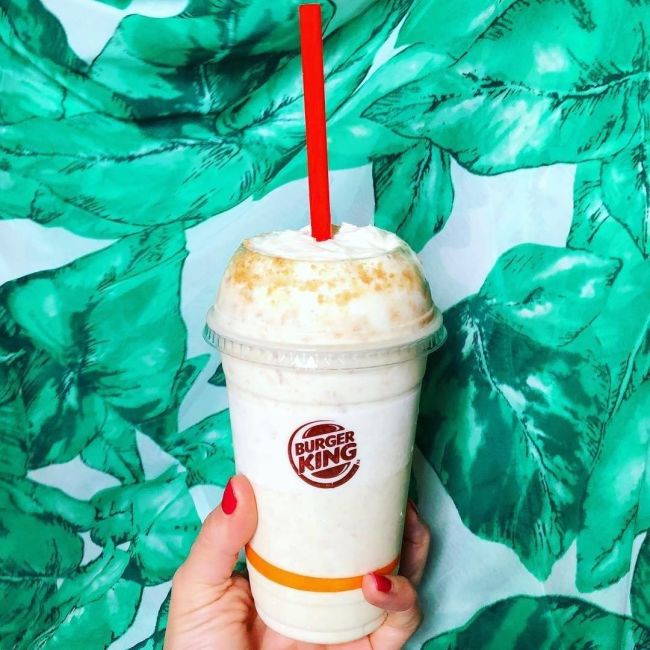
Photo from Burger King facebook page
According to regulations, Burger King is unable to make any representations about future financial performance or the past financial performance of any company-owned or franchised units, nor can they authorize employees or representatives to make any such representations either orally or in writing. According to the most recent Franchise Business Review data, the average median income for food franchise owners is $126, 866.
Burger King currently grants franchise rights for three facility types, with sub-category configurations:
- Institutional Locations: Government buildings and facilities, medical facilities, airports, train and bus stations, sports facilities, factories, corporate campuses, turnpikes, limited access toll roads, theme parks, zoos, and educational facilities.
- Traditional Burger King Restaurant Facilities: A self-contained, full-size Burger King restaurant that is located and operated on a site as a freestanding building or within another building structure, such as a shopping mall. This type of facility serves the standard approved Burger King menu.
- Non-traditional Burger King Facilities: A Burger King restaurant located at a site that includes other businesses, such as retail, food service, gas stations, convenience stores, other franchised business or restaurants or other similar facilities.
Sub-categories:
- Co-brand: A Burger King restaurant that shares a building with other concepts, such as other restaurants, retail, and oil and gas facilities.
- In-line: A restaurant that is “in-line” is in a building that has businesses on both sides. Size, menu and production capabilities may vary.
- End-cap: An in-line where the restaurant is located at the far end of the building.
- Food Court: The restaurant is located inside a shopping center, college, airport or other enclosed area. This type of restaurant typically has a common dining area.
- MRS: MRS units offer limited production capability and a limited menu, which can vary by location.
- Big-box: The restaurant is located inside the retail outlet of a big-box retailer.
Be Your Own King
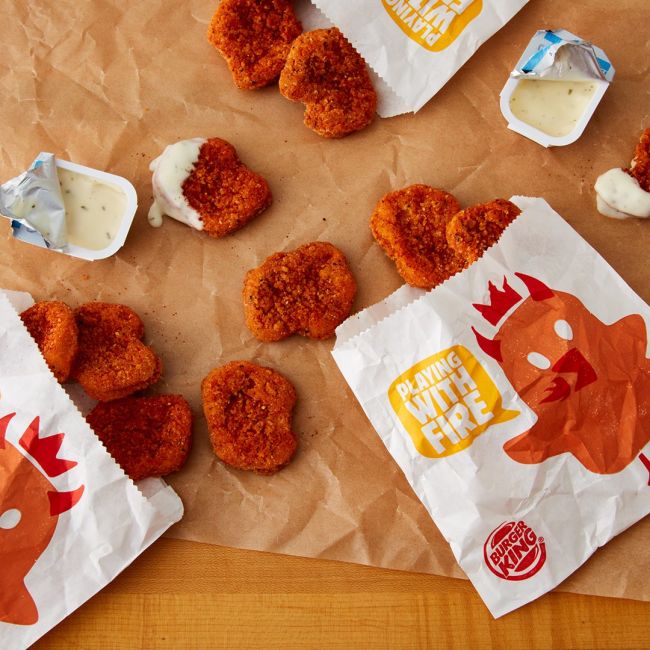
Photo from Burger King facebook page
For franchisees looking to capitalize on the success of an internationally recognized and profitable brand, BK could be a natural fit.
Financial Assistance: Burger King participates in the International Franchise Association’s DiversityFran program — a Franchise Education and Research Foundation program designed to “increase diversity in franchising, while educating minority communities about the great opportunities in franchising.”
All in on Franchising: Compared to its largest competitor, McDonald’s — which permits franchising but still retains ownership over 20% of its restaurant base — Burger King embraces a fully franchised model. This all-in approach is mutually beneficial: Franchisees get more control over opportunities, which enables them to run stores more efficiently and increase profit margins, and Burger King is able to provide more consistency to shareholders and defer commodity costs to its franchisees.
A Full Support Team: Every Burger King franchisee is set up with a support team consisting of a Franchise Support Manager, a preferred real estate brokerage, a Construction and Design Manager, and purchasing and supply chain management to help set you up for success.
Brand Name Recognition: With over 15.7 million customers served and 2.4 billion burgers sold worldwide per year, there’s no question that Burger King is one of the biggest fast food chains on the planet. Recent partnerships with other major brands like Budweiser and popular delivery services such as Door Dash and Postmates have made BK even more of a household name. “When the time came to decide which brand to invest in, Burger King was attractive to me because it’s in a league of its own,” said BK franchise owner Patrick Sidhu. “I wanted to associate myself with BK due to its strong history, uniqueness and brand recognition.”
Not Sure About a Food Franchise? Check Out 200 Top Alternatives
Don’t Get a Raw Deal
Although Burger King is one of leading fast food chains and one of the most recognizable brands in the world, that doesn’t necessarily mean it’s a sure bet. There are a few drawbacks to owning a Burger King that every would-be franchisee would do well to be aware of.
High Startup Cost: Depending on which type of facility configuration you’re approved for, the initial cost of investing in and opening a Burger King franchise location can be prohibitively expensive. Prospective franchisees are encouraged to carefully evaluate their finances prior to making a decision on whether to invest.
Ups and Downs: Despite being one of the most recognizable and popular fast food chains in the world, Burger King has a surprisingly unstable financial history, especially as compared to other similar brands, such as McDonald’s. Burger King has changed hands multiple times since it was founded in 1953, often during periods of poor financial performance. With each acquisition, the company re-stabilized, however, this re-stabilization was often short lived. Though Burger King is currently in good standing, there’s always a chance that potential financial struggles could lead to the company being sold again, which could have a direct impact on your profit margins and on franchising obligations.
Certified Grade A Alternatives
A Burger King franchise is just one of many exciting franchising opportunities available to anyone of an entrepreneurial persuasion. Before making your final decision, consider looking at some of these award-winning alternatives from our Top Food and Beverage Franchises list to see which franchise would be the best fit for you.
1. Checkers & Rally’s
Checker and Rally’s is as all-American as the NASCAR races its iconic checkered flag design evokes, serving up hot dogs, hamburgers, and milkshakes since 1986. Come for the food, stay for the affordability: at $96k–$1.5M, the company’s initial franchise investment cost is on the lower end of the spectrum compared to competitors, yet offers a 62% return on investment, according to FDD report data.
- Franchise incentives for military veterans
- Low initial investment cost
- High return on investment
Learn more about owning a Checkers & Rally’s franchise.
2. Wendy’s
As one of the most recognizable fast food brands in the world (in no small part to the welcoming smile of its red-headed mascot), Wendy’s produced $1.59B in 2018, making it also one of the most profitable fast food brands in the world. The average Wendy’s restaurant generates approximately $1.6M per year, according to 2018 franchise disclosure figures, making it a competitive alternative to Burger King.
- Strong brand recognition
- Flexible in terms of operations/day-to-day responsibilities
- High annual sales
3. Donatos Pizza
Donatos Pizza has become an incredibly popular franchising option in recent years for its cost/benefit balance. For the relatively low initial investment cost of $375k–$700k, franchisees stand to make over $1M in average net sales per year, with some top-performing units earning over $2M per year. If those potential earnings weren’t appealing enough, Donatos also offers predictive intelligence capabilities for smarter delivery, flexible restaurant design options, a comprehensive training program, and more.
- Attractive cost/benefit balance
- Predictive intelligence capabilities for smarter delivery
- Comprehensive training program
Learn more about owning a Donatos Pizza franchise.
4. Culver’s
Home of the butter burger, among other Midwestern classics, Culver’s has been serving up mouth-watering fare since 1984 and franchising since 1990. With approximately $2.2 million in sales per unit in 2017, it’s easy to understand why Culver’s is an exciting option for those willing to dip their toe in the fast food franchising world with a brand that offers more of a hometown feel than some of the heavyweights. Culver’s most often draws franchisees who grew up loving the brand; said one franchisee, “Growing up with Culver’s gave me opportunities to advance my career, and become a franchisee with my own restaurant.”
- Strong unit sales
- Comprehensive training program
- Additional support from opening and franchise teams
Get Your Franchise on a Roll
Before deciding to open a Burger King franchise location, make sure you fully understand the financial requirements, as well as the day-to-day responsibilities of running such an establishment. No franchising decision should be made lightly, and you should take care to consider all of the franchising opportunities available to you. From conducting market research to talking to current franchise owners, leave no stone unturned when evaluating your options so you can move forward with confidence.
